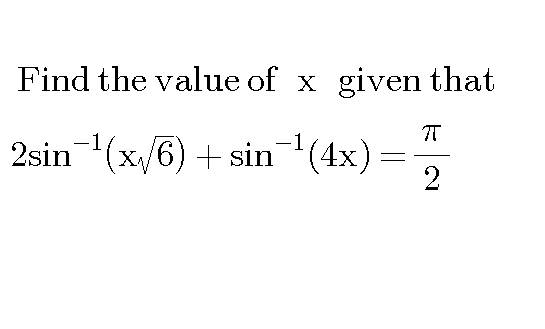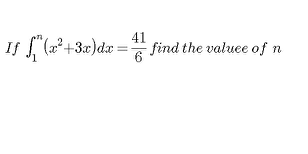
AllQuestion and Answers: Page 1895
Question Number 20040 Answers: 0 Comments: 3
Question Number 20038 Answers: 1 Comments: 1
Question Number 20036 Answers: 1 Comments: 0

Question Number 20031 Answers: 1 Comments: 0

Question Number 20035 Answers: 1 Comments: 1
Question Number 20051 Answers: 1 Comments: 0
Question Number 20021 Answers: 1 Comments: 0
Question Number 20019 Answers: 1 Comments: 0
Question Number 20044 Answers: 2 Comments: 0

Question Number 20014 Answers: 0 Comments: 1
Question Number 20013 Answers: 0 Comments: 4
Question Number 20131 Answers: 1 Comments: 4
Question Number 20001 Answers: 1 Comments: 0
Question Number 20045 Answers: 0 Comments: 0

Question Number 19986 Answers: 1 Comments: 0
Question Number 19982 Answers: 1 Comments: 1
Question Number 19970 Answers: 0 Comments: 4
Question Number 19976 Answers: 1 Comments: 0
Question Number 19964 Answers: 1 Comments: 1

Question Number 19955 Answers: 1 Comments: 2

Question Number 19948 Answers: 0 Comments: 0

Question Number 19945 Answers: 1 Comments: 0
Question Number 19940 Answers: 0 Comments: 2
Question Number 19939 Answers: 0 Comments: 0
Question Number 19936 Answers: 1 Comments: 1
Question Number 19935 Answers: 0 Comments: 0
Pg 1890 Pg 1891 Pg 1892 Pg 1893 Pg 1894 Pg 1895 Pg 1896 Pg 1897 Pg 1898 Pg 1899
